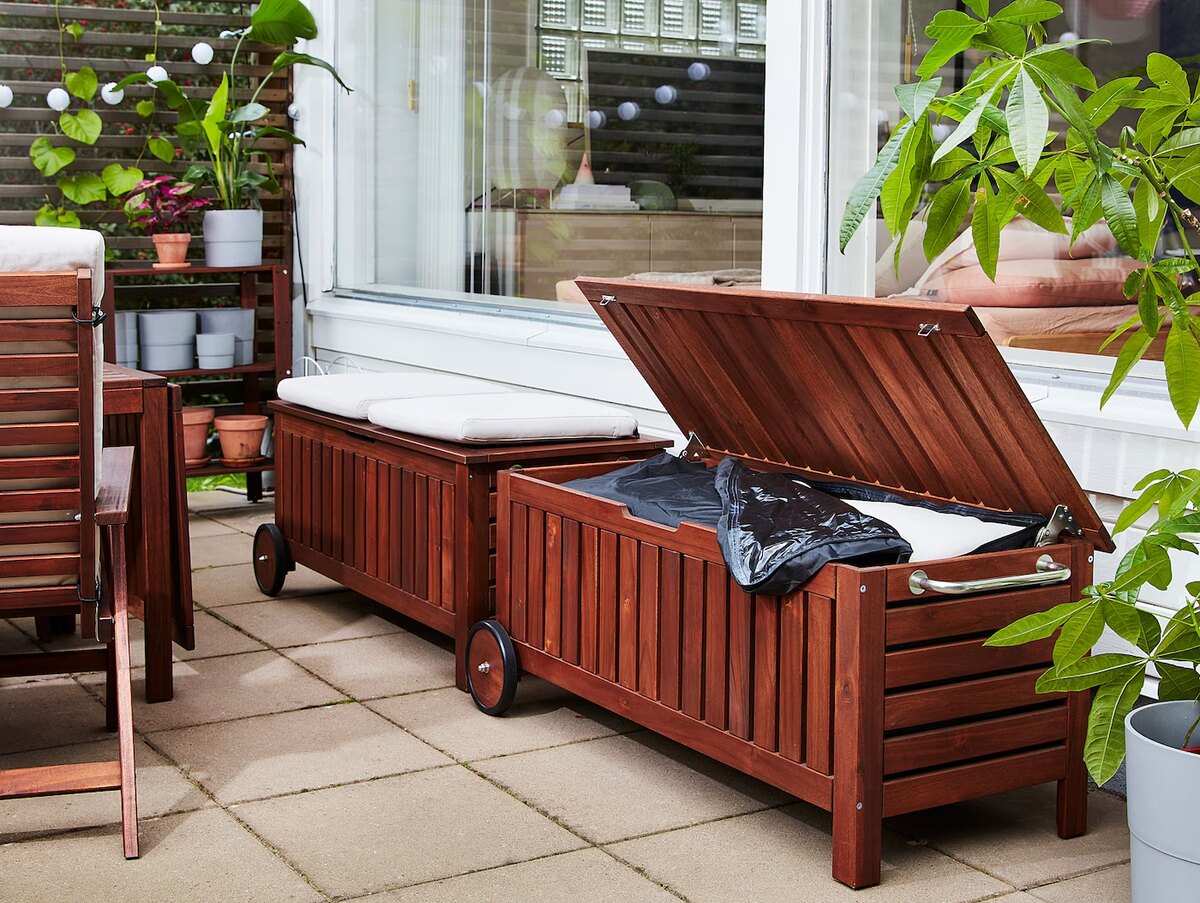

Articles
How To Store Outdoor Furniture
Modified: January 18, 2024
Discover effective ways to store your outdoor furniture articles and protect them from damage. Follow these tips and keep your furniture looking fresh and new!
(Many of the links in this article redirect to a specific reviewed product. Your purchase of these products through affiliate links helps to generate commission for Storables.com, at no extra cost. Learn more)
Introduction
When it comes to outdoor furniture, proper storage is essential to ensure its longevity and maintain its appearance. Whether you have a spacious backyard or a small balcony, knowing how to store your outdoor furniture correctly will protect it from the elements and extend its lifespan.
Investing in outdoor furniture can be a significant expense, so it’s important to take the necessary steps to protect it during periods of non-use, such as the winter months or extended periods of rain. By storing your outdoor furniture properly, you’ll not only save money in the long run but also have furniture that is ready for use when the weather starts to warm up again.
In this article, we’ll explore the importance of properly storing outdoor furniture and provide you with practical tips and techniques to help you store your furniture effectively. From cleaning and preparing your furniture for storage to choosing the right storage location and protecting it from the elements, we’ll cover everything you need to know to keep your outdoor furniture looking its best for years to come.
Key Takeaways:
- Properly storing and maintaining outdoor furniture is crucial for preserving its condition, longevity, and aesthetic appeal. From cleaning and preparing for storage to choosing the right location, each step plays a vital role in protecting your investment.
- Understanding the specific needs of different furniture materials and adapting storage and maintenance practices to local climates are essential for ensuring the continued functionality and beauty of outdoor furniture. By implementing proper care, you can extend the lifespan of your furniture and enjoy it for years to come.
Read more: How To Store Cushions For Outdoor Furniture
Importance of Properly Storing Outdoor Furniture
Properly storing your outdoor furniture is crucial for several reasons. First and foremost, it helps to maintain the overall quality and appearance of the furniture. Exposure to harsh weather conditions, such as rain, snow, and prolonged exposure to UV rays, can cause materials like wood, metal, and plastic to deteriorate over time. By storing your furniture properly, you can prevent damage and keep it looking beautiful.
In addition to preserving the aesthetics, proper storage ensures the longevity of your outdoor furniture. By protecting it from the elements, you can avoid premature wear and tear, which could lead to costly repairs or replacements. Well-maintained furniture will not only last longer but also provide you with the comfort and enjoyment you desire whenever you decide to use it.
Another important reason to store your outdoor furniture properly is to prevent pest infestations. When left outside, furniture can become a breeding ground for insects and pests. Storing it in a secure location, such as a shed or garage, reduces the risk of pest damage and the hassle of dealing with unwelcome visitors.
Furthermore, by storing your outdoor furniture during the off-season, you are maximizing your available space. Outdoor furniture can take up a significant amount of room when not in use, so by properly storing it, you free up space for other activities or additional furniture.
Lastly, storing your outdoor furniture properly allows you to start each season fresh. By taking the time to clean, prepare, and store your furniture, you can start the next season with furniture that is clean, well-maintained, and ready for use. It saves you from the hassle of having to clean and repair your furniture when you are ready to use it again.
Overall, investing time and effort in properly storing your outdoor furniture is essential for maintaining its quality, extending its lifespan, preventing pest infestations, maximizing space, and starting each season with furniture that is in optimal condition.
Cleaning and Preparing Outdoor Furniture for Storage
Before storing your outdoor furniture, it’s important to give it a thorough cleaning to remove dirt, debris, and any stains that may have accumulated over time. The cleaning process will vary depending on the type of furniture you have, so it’s essential to follow the manufacturer’s recommended cleaning instructions. Here are some general guidelines to get you started:
Wooden Furniture: Start by brushing off any loose dirt or debris using a soft brush or cloth. Then, mix a mild soap or detergent with water and use a sponge or brush to scrub the surfaces gently. Rinse off the soap residue with a hose or clean water. Once dry, consider applying a protective sealant or outdoor furniture oil to prevent moisture damage during storage.
Metal Furniture: To clean metal furniture, use a mild detergent mixed with warm water and scrub the surfaces with a soft brush or cloth. If there are any rust spots, lightly sand them away and then spray the affected areas with an anti-rust primer and paint. Make sure the furniture is completely dry before storing to prevent moisture-related issues.
Plastic Furniture: Plastic furniture is relatively easy to clean. Start by wiping it down with a mixture of mild soap and warm water. For stubborn stains, you can use a soft brush or sponge. Rinse off the soap residue and let the furniture air dry before storing.
Fabric Furniture: If your outdoor furniture has fabric cushions or upholstery, it’s important to remove them and clean them separately. Check the manufacturer’s instructions for details on cleaning the fabric. Most fabric covers can be machine washed or hand washed using mild detergent and cold water. Make sure the fabric is completely dry before storing to prevent mold or mildew growth.
After cleaning your outdoor furniture, allow it to dry completely before moving on to the next step. This will prevent any moisture from being trapped during storage, which can lead to mold, mildew, and odors. Additionally, while cleaning, take the opportunity to inspect your furniture for any signs of damage or wear. Address any issues before storing the furniture to avoid further damage.
Once your furniture is clean and dry, it’s time to prepare it for storage. Start by disassembling any removable parts, such as cushions, umbrellas, or legs, to make it easier to store and save space. Keep the small pieces or components together in clearly labeled bags or containers to ensure they can be easily reassembled when needed.
Next, stack or arrange the furniture in a way that maximizes space while minimizing the risk of damage. Place protective material, such as moving blankets or bubble wrap, between stacked items to prevent scratches or dents. If you have limited storage space, consider investing in furniture covers or storage bags that offer protection from dust, moisture, and pests.
By taking the time to clean and properly prepare your outdoor furniture for storage, you can ensure that it will be in great condition when you’re ready to use it again.
Choosing the Right Storage Location for Outdoor Furniture
When it comes to storing outdoor furniture, selecting the right storage location is essential to protect it from the elements and ensure its longevity. Here are some factors to consider when choosing the ideal storage spot:
1. Indoor Storage: If you have enough space indoors, such as a garage, basement, or spare room, it is usually the best option for storing outdoor furniture. Indoor storage provides protection from the weather, UV rays, and pests. Make sure the storage area is clean, dry, and well-ventilated to prevent mold or mildew growth. If storing furniture in a basement, keep in mind the possibility of humidity and take steps to manage it.
2. Covered Patio or Deck: If you have a covered patio or deck, it can serve as a suitable storage area for your outdoor furniture. While it may not offer as much protection as indoor storage, it will shield your furniture from direct sunlight and rain. However, be cautious of moisture buildup and condensation that can occur under covers or tarps, as it can lead to mold or mildew growth.
3. Outdoor Storage Shed: Investing in a quality outdoor storage shed can be an excellent long-term solution for storing your outdoor furniture. Choose a shed that offers protection from the elements, such as those made from durable materials like plastic or metal. Ensure that the shed is properly sealed and has adequate ventilation to prevent any moisture build-up.
4. Climate-Controlled Storage Unit: If you do not have suitable indoor or outdoor storage options, consider renting a climate-controlled storage unit. These units provide a controlled environment with regulated temperature and humidity levels, providing optimal conditions for long-term furniture storage. Ensure that the unit is large enough to accommodate your furniture and that you take appropriate measures to protect it from potential pests.
When selecting a storage location, it’s important to consider the size and shape of your furniture. Ensure that there is sufficient space to store the furniture without cramming or stacking it in a way that could lead to damage. Take measurements and plan ahead to avoid any last-minute surprises.
In addition to choosing the right storage location, it’s important to take some additional precautions. Elevate the furniture off the ground with pallets or boards to prevent moisture damage. If storing furniture outdoors, consider using furniture covers or tarpaulins to provide an extra layer of protection from the elements.
Remember that different types of materials require different care. Keep wooden furniture away from direct sunlight to prevent fading, while metal furniture may be prone to rust if exposed to moisture. By taking the time to choose the right storage location and implementing proper safeguards, you can ensure your outdoor furniture stays in excellent condition during its time in storage.
Disassembling and Stacking Furniture Pieces
Disassembling and stacking your outdoor furniture before storing it can help save space and prevent damage. Here are some steps to follow:
1. Read the Manufacturer’s Instructions: Before disassembling your furniture, refer to the manufacturer’s instructions for guidance on how to properly dismantle each piece. Follow the recommended steps to avoid any potential damage and ensure that you can reassemble the furniture correctly in the future.
2. Remove Cushions and Fabric: Take off any cushions, pillows, or fabric covers from your furniture. These should be stored separately to prevent mold or mildew growth. Clean and dry the fabric thoroughly before storing it in a sealed bag or container.
3. Unscrew or Remove Removable Parts: If your furniture has any removable parts, such as tabletops, legs, or umbrella poles, unscrew or detach them according to the manufacturer’s instructions. Keep all the small components, screws, and bolts together in labeled bags or containers. This will make it easier to reassemble the furniture later on.
4. Stack or Arrange Furniture Pieces: Once disassembled, stack or arrange the furniture pieces in a way that maximizes space while minimizing the risk of damage. Start by placing the larger and heavier pieces at the bottom to provide a stable base. Use moving blankets, foam padding, or bubble wrap to protect the surfaces from scratches or dents. Place smaller or delicate pieces on top, ensuring they are secure and well supported.
5. Use Protective Materials: If stacking furniture pieces, place protective materials, such as cardboard or foam, between them to prevent direct contact, which could lead to scratching or damage. Alternatively, you can use furniture covers specifically designed to protect stacked furniture.
6. Secure the Stacked Furniture: If storing furniture in an outdoor shed or storage unit, consider using straps or bungee cords to secure the stacked furniture and prevent it from shifting during transportation or while in storage. This will help maintain the integrity of the stack and reduce the risk of any accidents or damage.
Remember to label the bags or containers that hold the smaller parts and screws, indicating which furniture piece they belong to. This will make it easier to reassemble everything when the time comes to use the furniture again.
Keep in mind that not all furniture is designed to be disassembled. If your furniture is made to stay intact, consider using covers or storage bags to protect it during storage instead. Consult the manufacturer’s instructions or seek professional guidance if you’re unsure about disassembling your furniture.
By taking the time to disassemble and stack your furniture properly, you can save space, prevent damage, and make the process of reassembling and using your furniture in the future much more straightforward.
Covering and Protecting Furniture from Elements
Covering and protecting your outdoor furniture from the elements is crucial to maintain its condition and extend its lifespan. Here are some tips to help you effectively cover and protect your furniture:
1. Invest in High-Quality Furniture Covers: Purchase durable and weather-resistant furniture covers that are specifically designed for outdoor use. Look for covers made from materials such as polyester, vinyl, or canvas, which are water-resistant and UV-resistant. Ensure that the covers are the right size to fully cover your furniture and provide a snug fit.
2. Clean and Dry the Furniture Before Covering: Before covering your furniture, make sure it is clean and dry to prevent any dirt or moisture from being trapped under the cover. Remove any leaves, debris, or excess water. You can use a soft brush or cloth to gently wipe away any dirt or dust.
3. Use Tie-Downs or Fasteners: Secure the furniture covers in place using tie-downs, straps, or fasteners. This will prevent the covers from being blown away by strong winds and keep them in place during storms. Ensure that the tie-downs or straps are tight enough to hold the cover securely but not so tight that they cause unnecessary tension or damage to the furniture.
4. Elevate the Furniture: Place the furniture on raised surfaces or elevate them using blocks or pallets to prevent contact with the ground. This will help prevent moisture damage and reduce the chances of pests making their way into the furniture. Ensure that the elevation is stable and balanced to avoid any accidents or damage.
5. Use Additional Protection for Specific Materials: Depending on the material of your furniture, you may need to take additional precautions. For example, for wooden furniture, consider applying a protective sealant or outdoor furniture oil before covering it to add an extra layer of protection. For metal furniture, you can use rust-resistant sprays or coatings to prevent rust formation.
6. Remove Covers Periodically: While it’s important to keep your furniture covered, it’s also crucial to periodically remove the covers and let the furniture breathe. This allows for air circulation and prevents condensation from building up. Additionally, removing the covers gives you an opportunity to inspect the furniture for any signs of damage or pests.
7. Consider Storage Bags for Smaller Furniture Components: If you have smaller furniture components, such as cushions, consider using storage bags to protect them from the elements. This will keep them clean, dry, and ready for use when you uncover your furniture.
8. Regularly Inspect and Clean Under the Covers: Even with high-quality covers, it’s important to periodically inspect and clean the furniture underneath. Check for any signs of moisture, mold, mildew, or pest infestations. If necessary, wipe down the furniture with a mild cleaning solution and dry it thoroughly before re-covering.
By effectively covering and protecting your outdoor furniture from the elements, you can significantly reduce the risk of damage and extend its lifespan. Regular maintenance and care will ensure that your furniture remains in excellent condition and ready for use whenever you decide to uncover it.
Cover your outdoor furniture with waterproof covers when not in use to protect it from the elements and extend its lifespan.
Storing Cushions and Fabric-based Furniture
Properly storing cushions and fabric-based furniture is essential to protect them from the elements and ensure their longevity. Here are some tips to help you store your cushions and fabric-based furniture effectively:
1. Clean and Dry: Before storing, it’s crucial to clean and dry the cushions and fabric-based furniture thoroughly. Remove any dirt, stains, or debris by vacuuming or gently brushing them. Follow the manufacturer’s cleaning instructions for the specific type of fabric. Allow the cushions and furniture to air dry completely to prevent mold or mildew growth during storage.
2. Remove Covers and Wash: If the cushions have removable covers, it’s best to remove them and wash them separately according to the manufacturer’s instructions. Make sure they are fully dry before storing to prevent any moisture-related issues. If the cushions cannot be removed, use a mild detergent and water to spot clean any stains, and allow them to dry completely before storing.
3. Store in a Dry, Ventilated Area: Find a dry, well-ventilated storage space for your cushions and fabric-based furniture. Avoid storing them in damp basements or in areas prone to high humidity, as this can lead to mold and mildew growth. If necessary, use dehumidifiers or moisture-absorbing products to maintain a dry environment.
4. Avoid Direct Contact with the Floor: Place the cushions and fabric-based furniture on raised surfaces or pallets to prevent moisture from seeping in. Placing them directly on the floor can result in moisture absorption, leading to mold and mildew growth. Ensure that the elevated surface is stable and can support the weight of the cushions and furniture.
5. Use Storage Bags or Containers: Consider storing your cushions and fabric-based furniture in storage bags or plastic containers. These will provide an extra layer of protection against dust, moisture, and pests. Make sure the bags or containers are clean and dry before placing the cushions and furniture inside.
6. Avoid Compressing the Cushions: When storing cushions, avoid compressing them too tightly, as this can cause them to lose their shape. Instead, store them in a position that allows air circulation to maintain their fluffiness and prevent them from becoming flat or misshapen.
7. Rotate and Fluff Cushions Periodically: While in storage, periodically rotate and fluff the cushions to ensure even distribution of filling and prevent them from developing permanent indentations. This will help maintain their shape and comfort when you are ready to use them again.
8. Protect from Direct Sunlight: If storing fabric-based furniture outdoors, protect it from direct sunlight to prevent fading or discoloration. Consider covering the furniture with a UV-resistant furniture cover or storing it in a shaded area to minimize exposure to the sun’s rays.
9. Inspect and Clean Before Use: Before using the stored cushions and fabric-based furniture again, inspect them for any signs of damage, mold, or pests. Clean them if necessary and allow them to air out before placing them on your furniture.
By following these tips, you can ensure that your cushions and fabric-based furniture remain clean, dry, and well-preserved during storage. This will help maintain their appearance and comfort, ensuring they are ready for use when you take them out again.
Winterizing Outdoor Furniture for Cold Climates
Winterizing your outdoor furniture is essential, especially if you live in a cold climate where freezing temperatures, snow, and ice are common. Proper winterization helps protect your furniture from damage and ensures its longevity. Here are some tips to help you winterize your outdoor furniture:
1. Clean Thoroughly: Before winterizing, clean your outdoor furniture thoroughly to remove any built-up dirt, grime, or stains. Use mild soap and water, and scrub with a soft brush or cloth. Rinse thoroughly and allow the furniture to dry completely.
2. Apply a Protective Finish: For wooden furniture, consider applying a protective finish, such as a sealant or outdoor furniture oil, to protect it from moisture and freezing temperatures. Follow the manufacturer’s instructions for the best application process.
3. Store Indoors if Possible: If you have enough indoor storage space, consider bringing your outdoor furniture inside during the winter months. Store it in a dry, climate-controlled environment, such as a garage, basement, or storage room, to protect it from harsh winter conditions.
4. Cover Furniture if Unable to Store Indoors: If bringing your furniture indoors is not an option, invest in high-quality weatherproof covers specifically designed for winter protection. Choose covers that are waterproof, UV-resistant, and provide a secure fit. Make sure the covers completely cover the furniture to protect it from snow, ice, and moisture.
5. Remove Cushions and Store Separately: Remove any cushions or fabric components from your outdoor furniture and store them separately. Clean and dry the cushions thoroughly, and store them in sealed bags or containers in a dry location.
6. Elevate Furniture off the Ground: Raise your furniture off the ground using wooden blocks or pallets to prevent moisture damage. This creates an airflow underneath and prevents the legs from freezing to the ground.
7. Disassemble and Store Smaller Parts: Disassemble any detachable parts, such as table legs or umbrella poles, and store them in a safe place. Keep screws and other small components together in labeled bags or containers so they can be easily reassembled in the spring.
8. Regularly Check and Maintain: Periodically check on your winterized furniture throughout the winter months. Inspect for any signs of damage or moisture buildup. If necessary, remove any snow or ice accumulations to prevent extra weight or potential damage.
9. Avoid Placing Heavy Objects on Furniture: When storing your furniture, avoid placing heavy objects on top of it, as this can cause damage or bending. Store other winter items, such as shovels or snow blowers, separately to prevent any accidents or impact on the furniture.
10. Remember Spring Maintenance: When the warmer weather arrives, don’t forget to remove the winter covers, clean the furniture, and perform any necessary maintenance before using it again. Inspect for any damage that may have occurred during the winter and address it promptly.
By properly winterizing your outdoor furniture, you can protect it from the harsh elements of cold climates, ensuring it remains in excellent condition for years to come.
Maintenance Tips for Long-Term Storage
Long-term storage of outdoor furniture requires proper maintenance to ensure its durability and longevity. Here are some maintenance tips to keep in mind when storing your furniture for an extended period:
1. Regularly Inspect and Clean: Periodically inspect your stored furniture to check for any signs of damage, pests, or mold. Clean the furniture if necessary, wiping away any dirt or debris that may have accumulated. This will help maintain the overall condition of the furniture and prevent any potential issues from worsening over time.
2. Maintain a Stable Environment: Ensure that the storage area maintains a consistent temperature and humidity level. Fluctuations in temperature and humidity can cause materials to expand, contract, or become damaged. Consider using moisture-absorbing products or dehumidifiers in areas prone to high humidity to maintain an optimal storage environment.
3. Keep Furniture Protected: As time goes by, it’s possible for storage covers or bags to deteriorate or become damaged. Regularly check the covers or bags for any signs of wear and tear. Replace them if necessary to ensure continued protection from dust, moisture, and pests.
4. Lubricate Moving Parts: If your outdoor furniture has any movable parts, such as hinges, joints, or folding mechanisms, apply a lubricant to keep them in good working condition. This will help prevent rust and ensure smooth operation when you’re ready to use the furniture again.
5. Elevate Furniture Off the Ground: When storing furniture for long periods, it’s important to keep it elevated off the ground. This helps prevent moisture damage and discourages pests from nesting. Place furniture on pallets or use blocks to raise it off the floor, ensuring there is sufficient airflow underneath.
6. Rotate and Re-Stack Furniture: If you have stacked furniture in storage, consider rotating and re-stacking it periodically. This helps distribute weight evenly and prevents any one piece from bearing unnecessary pressure over time. It also provides an opportunity to inspect each piece for damage or wear.
7. Handle Furniture with Care: When moving or repositioning furniture in storage, handle it with care to avoid any unnecessary damage. Use proper lifting techniques and avoid dragging or dropping the furniture, as this can cause scratches, dents, or other forms of damage.
8. Store Outdoor Cushions Inside: If you have the space, store outdoor cushions indoors during long-term storage. Cushions are more vulnerable to damage from prolonged exposure to moisture and pests. Storing them indoors in a dry and clean area will help preserve their quality and extend their lifespan.
9. Follow Manufacturer’s Guidelines: Always refer to the manufacturer’s instructions for any specific maintenance recommendations or guidelines for your specific type of outdoor furniture. They may have additional recommendations based on the materials or construction of your furniture pieces.
By following these maintenance tips throughout long-term storage, you can ensure that your outdoor furniture remains in good condition and is ready for use when you decide to bring it out again.
Read more: How To Choose Outdoor Furniture
Seasonal Maintenance and Rotating Furniture Use
Seasonal maintenance and rotating the use of your outdoor furniture can help ensure its longevity and keep it in excellent condition. Here are some tips to help you with seasonal maintenance and rotating furniture use:
1. Clean and Inspect: Before each season, thoroughly clean your outdoor furniture. Remove any dirt, debris, or stains that may have accumulated. Inspect the furniture for any signs of wear, damage, or loose parts. Address any issues promptly to prevent further damage and ensure the safety and comfort of your furniture.
2. Perform Necessary Repairs: If you notice any damage or problems during the inspection, make the necessary repairs before using the furniture. Replace any damaged parts, tighten loose screws or bolts, and repair any tears or rips in cushions or upholstery. By addressing these issues early on, you can prevent them from worsening over time.
3. Consider a Fresh Coat of Paint or Sealant: If your furniture is made of wood or metal and is showing signs of wear, consider giving it a fresh coat of paint or applying a protective sealant. This will not only enhance its appearance but also provide an extra layer of protection against the elements.
4. Rotate Furniture Use: To prevent one set of furniture from being overused and potentially wearing out faster, consider rotating the use of your outdoor furniture. For example, if you have multiple seating areas or dining sets, switch their locations periodically. This will distribute the wear and tear more evenly and extend the lifespan of all your furniture pieces.
5. Store Unused Furniture Properly: If you have extra furniture that is not in use during a particular season, make sure to store it properly. Follow the appropriate cleaning and storage guidelines mentioned earlier in this article. By storing unused furniture correctly, you can protect it from the elements and maintain its condition for future use.
6. Protect from Harsh Weather Conditions: During severe weather conditions, such as heavy rainstorms or strong winds, consider protecting your outdoor furniture. If unable to bring it indoors, use weatherproof covers or tarps to shield the furniture from the elements. This will help prevent damage and extend its lifespan.
7. Use Furniture Covers: Regardless of the season, it’s a good practice to use furniture covers when the furniture is not in use. Covers provide protection from dust, pollen, UV rays, and other environmental factors that can cause damage over time. Choose covers that are specifically designed for your furniture and ensure a snug fit to maximize protection.
8. Practice Regular Cleaning: Regularly clean your outdoor furniture throughout the season. Wipe down surfaces, remove any debris, and spot clean cushions or upholstery as needed. This will help maintain its appearance and prevent dirt and stains from becoming embedded over time.
9. Consider Professional Maintenance: If you are unsure about performing maintenance tasks yourself or if you have intricate or high-end furniture, consider hiring a professional for maintenance and repairs. They have the expertise and knowledge to handle specific materials and provide the necessary care to keep your furniture in top condition.
By performing seasonal maintenance and rotating the use of your outdoor furniture, you can ensure its longevity, keep it looking its best, and enjoy maximum comfort and functionality throughout the seasons.
Conclusion
Properly storing and maintaining your outdoor furniture is essential for preserving its condition, longevity, and overall aesthetic appeal. By following the tips and guidelines provided in this article, you can ensure that your furniture remains in excellent shape even during periods of non-use, such as winter months or prolonged rainy seasons.
From cleaning and preparing your furniture for storage to choosing the right storage location and protecting it from the elements, each step plays a crucial role in maintaining the quality and durability of your outdoor furniture. Cleaning the furniture thoroughly, disassembling and stacking the pieces properly, and using high-quality covers or storage bags are all essential steps to protect against dirt, moisture, pests, and other potential hazards.
Considering the specific needs of different furniture materials, such as wood, metal, plastic, or fabric, is vital in determining the appropriate cleaning and maintenance techniques. Whether it’s applying protective finishes, lubricating moving parts, or storing cushions and fabric-based furniture separately, each material requires specific care to ensure its optimal condition during storage.
Furthermore, understanding the needs of your local climate and adapting your storage and maintenance practices accordingly is crucial. Winterizing furniture in cold climates, protecting it from direct sunlight in hot climates, and taking proactive measures to prevent damage from inclement weather demonstrate the importance of adapting to the specific conditions in your area.
By implementing proper storage and maintenance practices, you can extend your outdoor furniture’s lifespan, save money on replacements or repairs, and enjoy the beauty and functionality of your furniture for years to come. Regular cleaning, inspection, and performing necessary repairs or maintenance tasks throughout the seasons are simple yet effective ways to ensure the continued functionality and aesthetic appeal of your outdoor furniture.
Remember to refer to the manufacturer’s instructions for specific care guidelines and always handle your furniture with care to avoid any unnecessary damage. Additionally, consider seeking professional assistance for complex maintenance or repairs if needed.
So, take the necessary steps to protect and care for your outdoor furniture. Proper storage and maintenance practices will not only keep your furniture looking its best, but it will also enhance your outdoor living experience and allow you to enjoy your investments for many seasons to come.
Frequently Asked Questions about How To Store Outdoor Furniture
Was this page helpful?
At Storables.com, we guarantee accurate and reliable information. Our content, validated by Expert Board Contributors, is crafted following stringent Editorial Policies. We're committed to providing you with well-researched, expert-backed insights for all your informational needs.
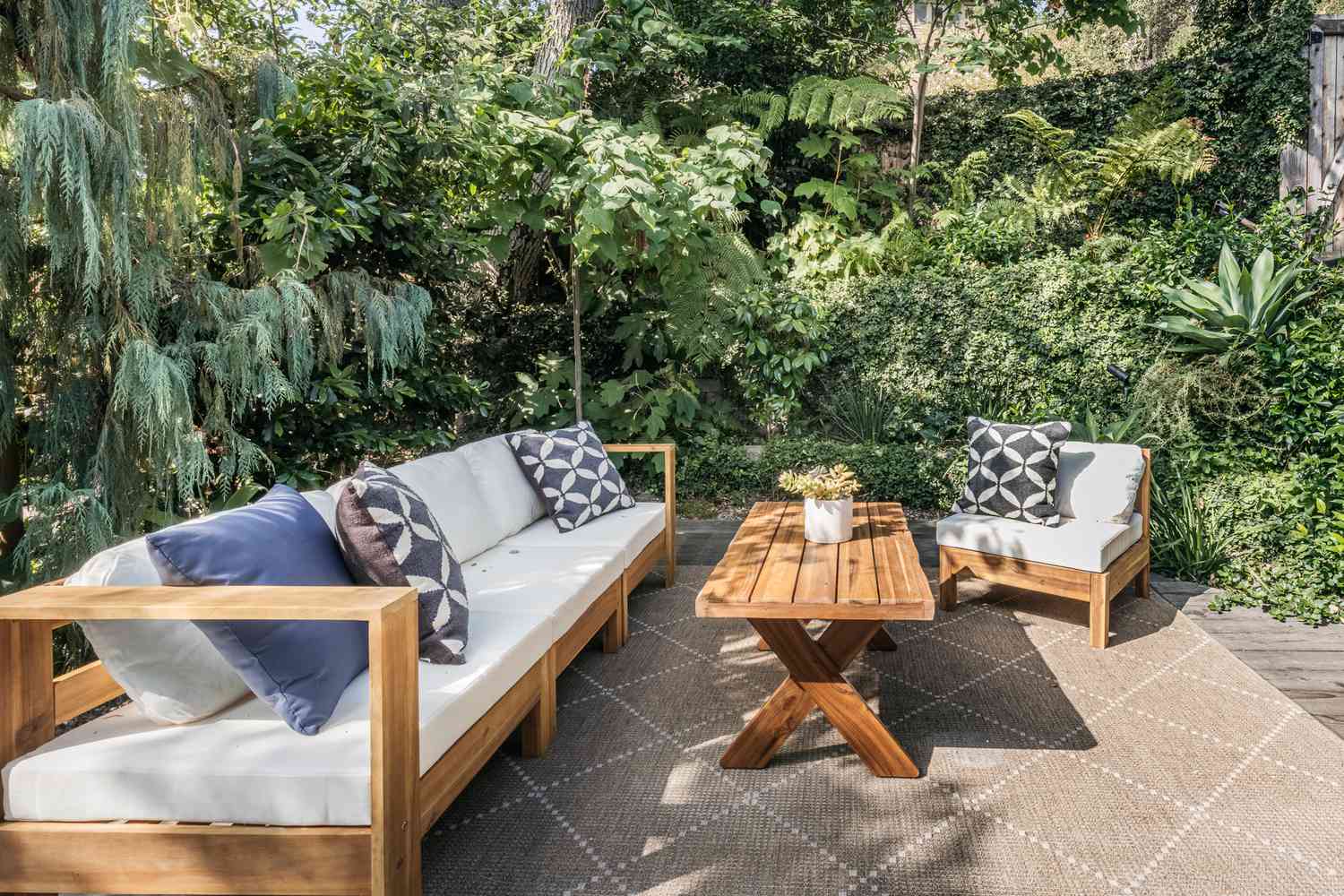
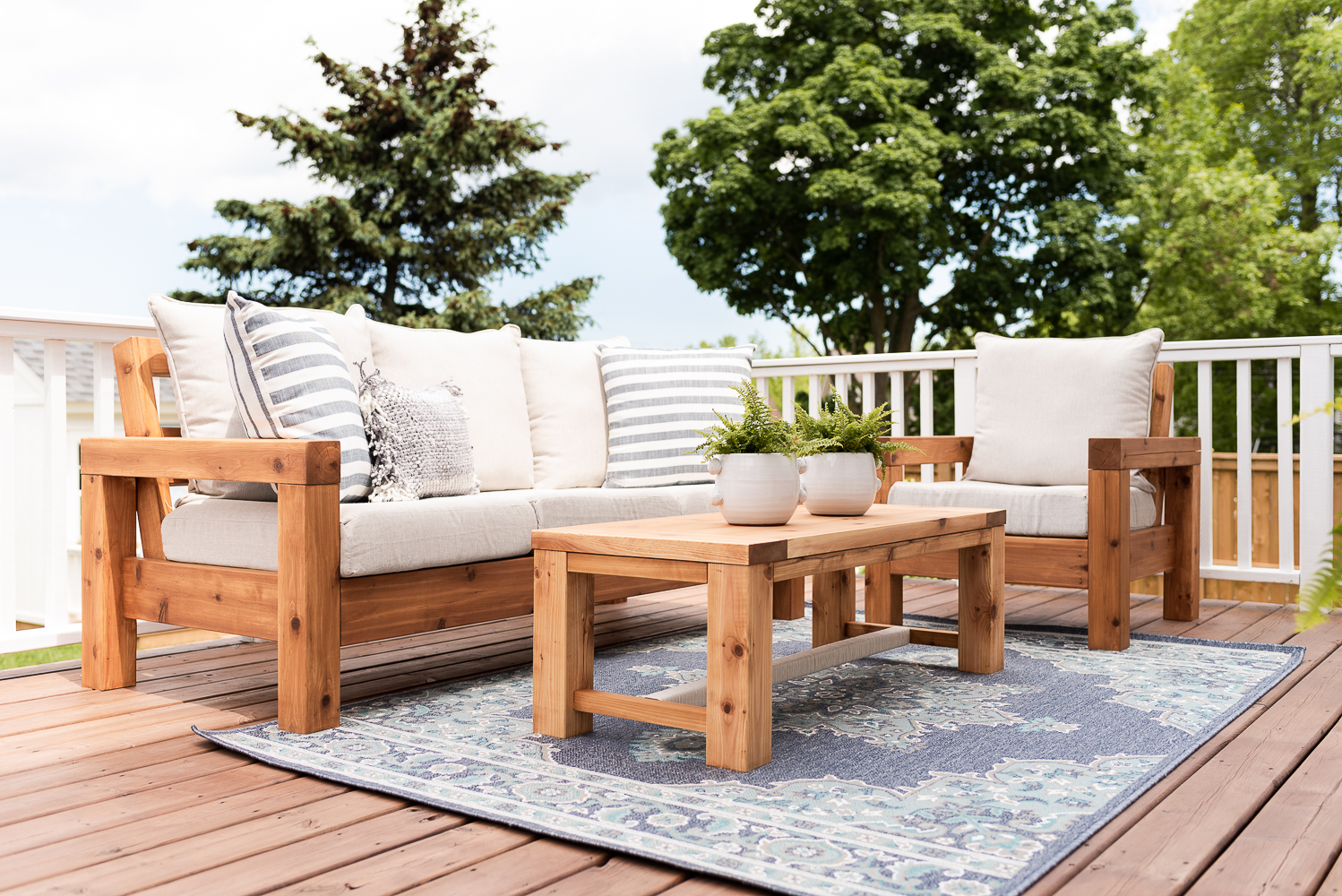
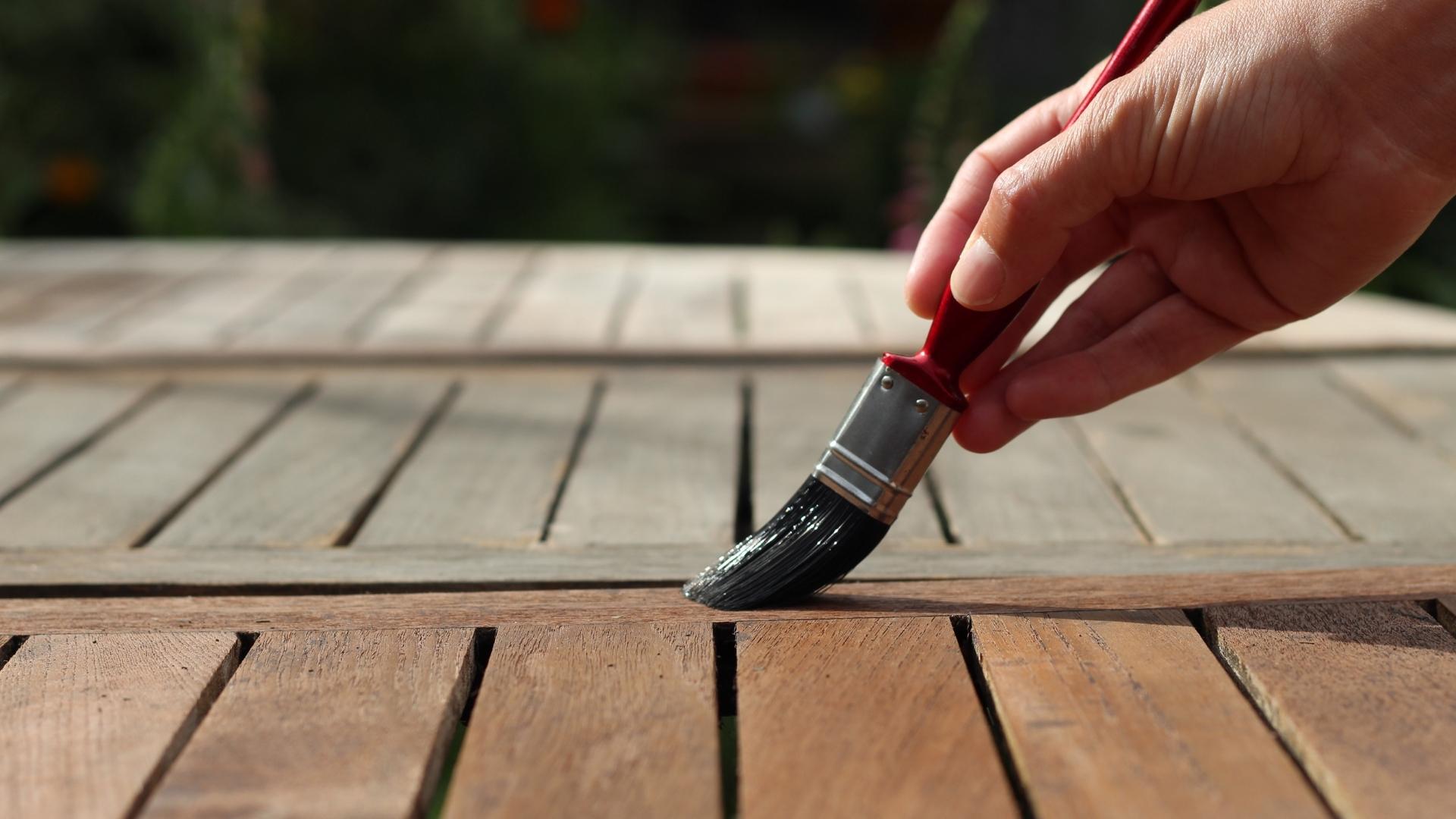
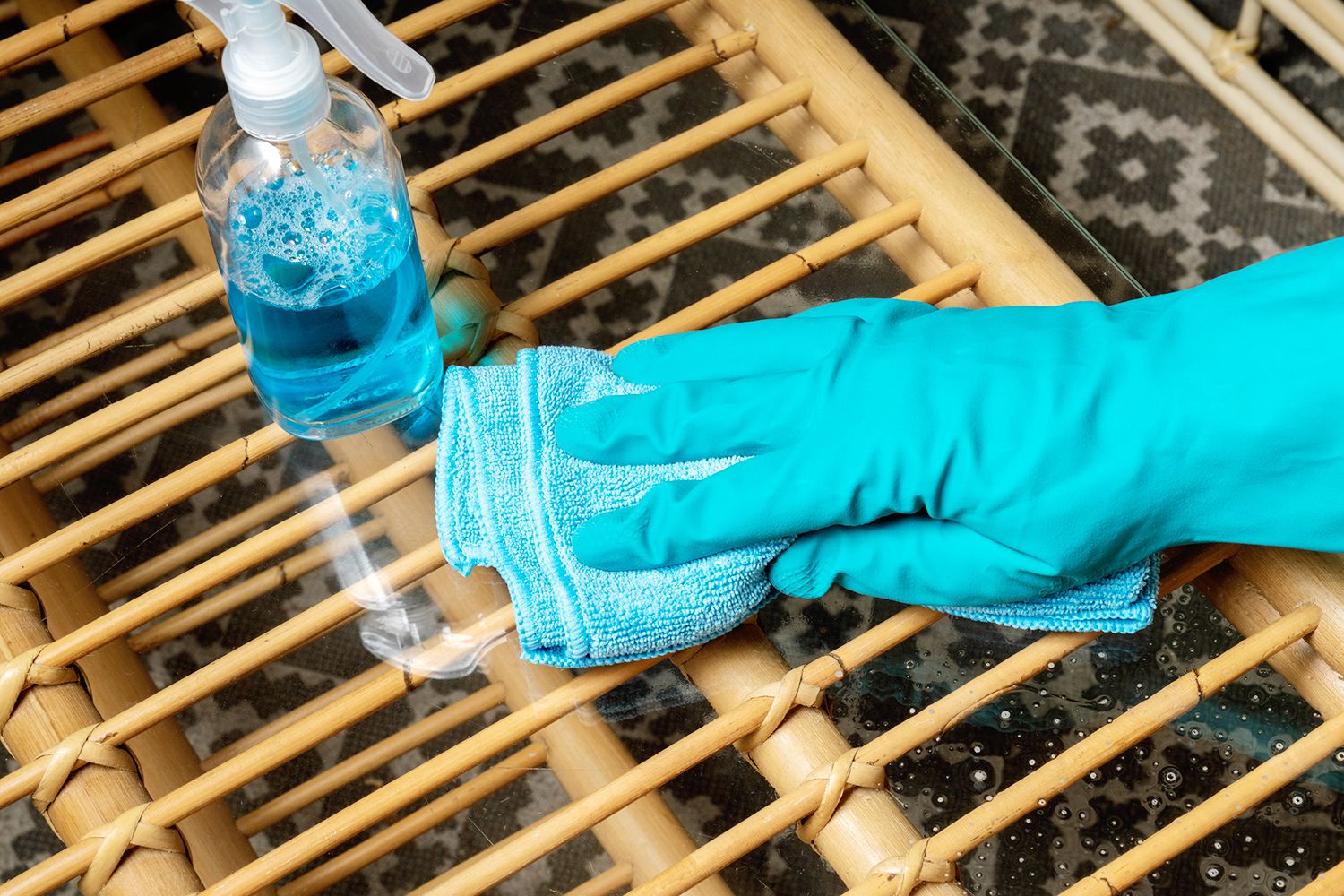
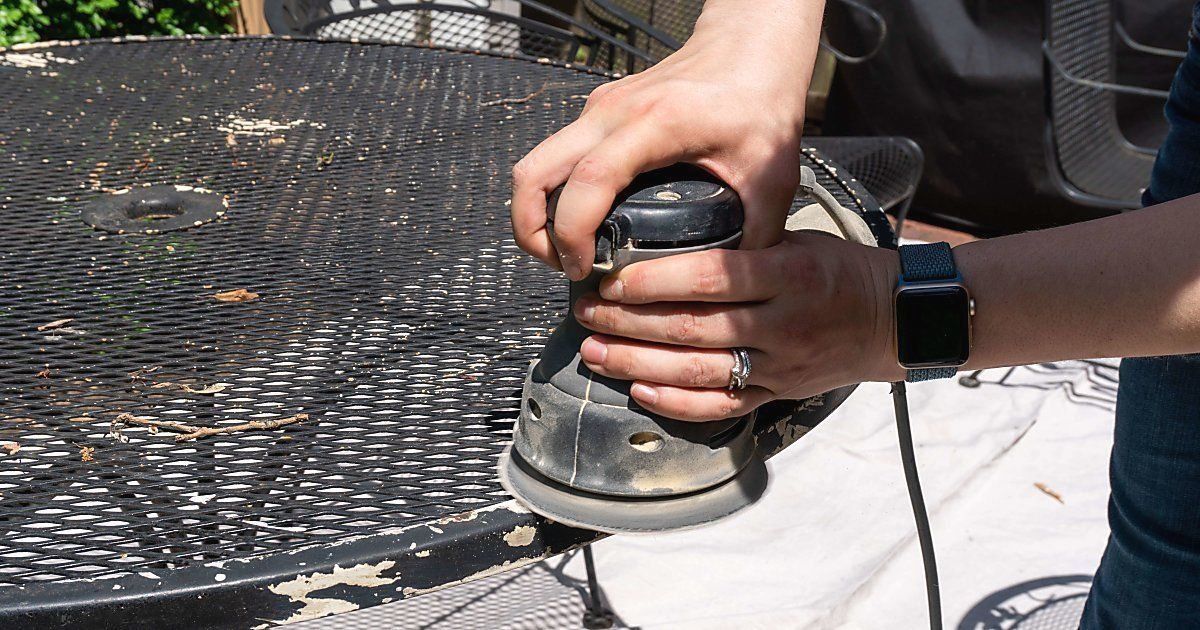
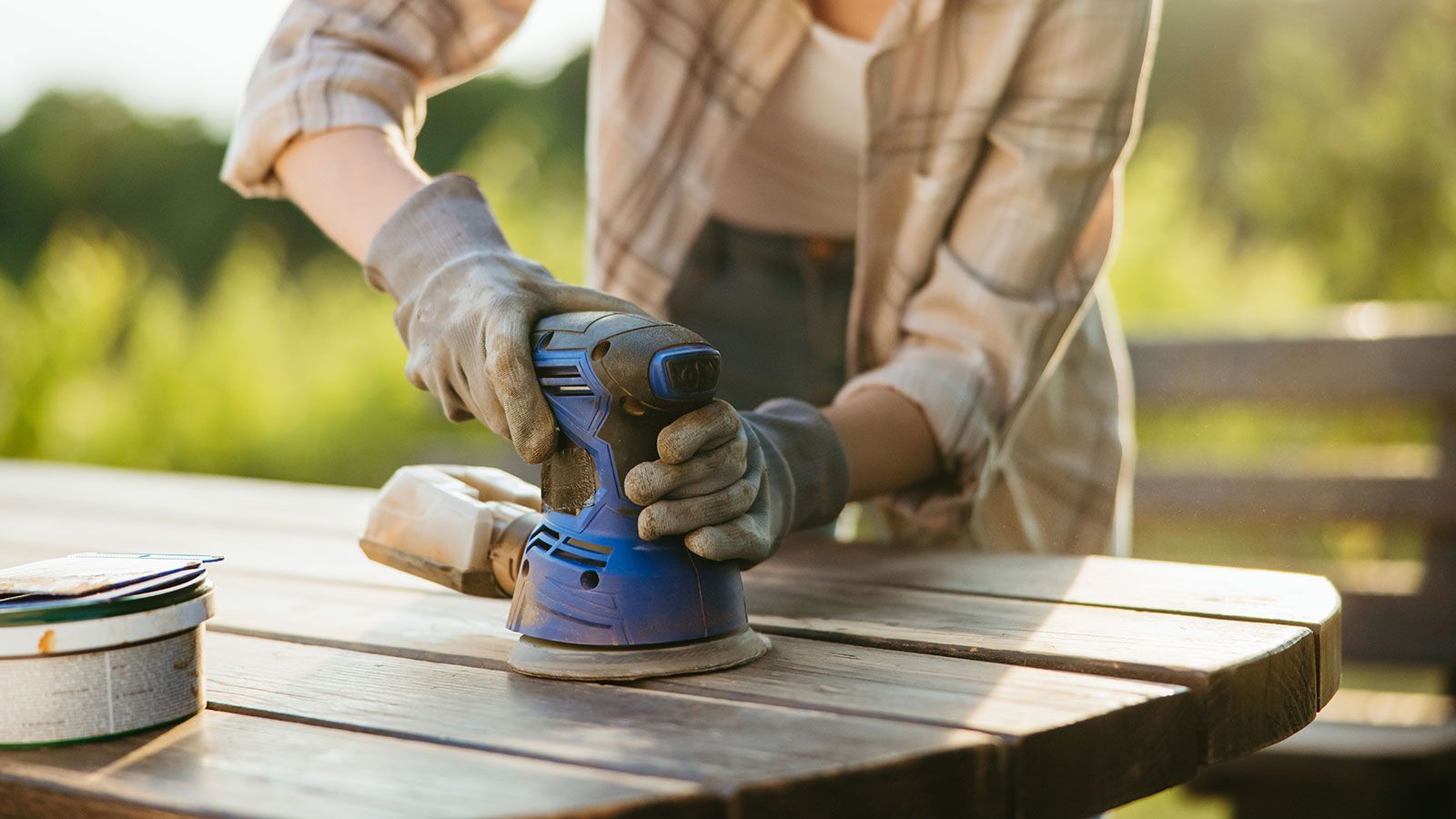
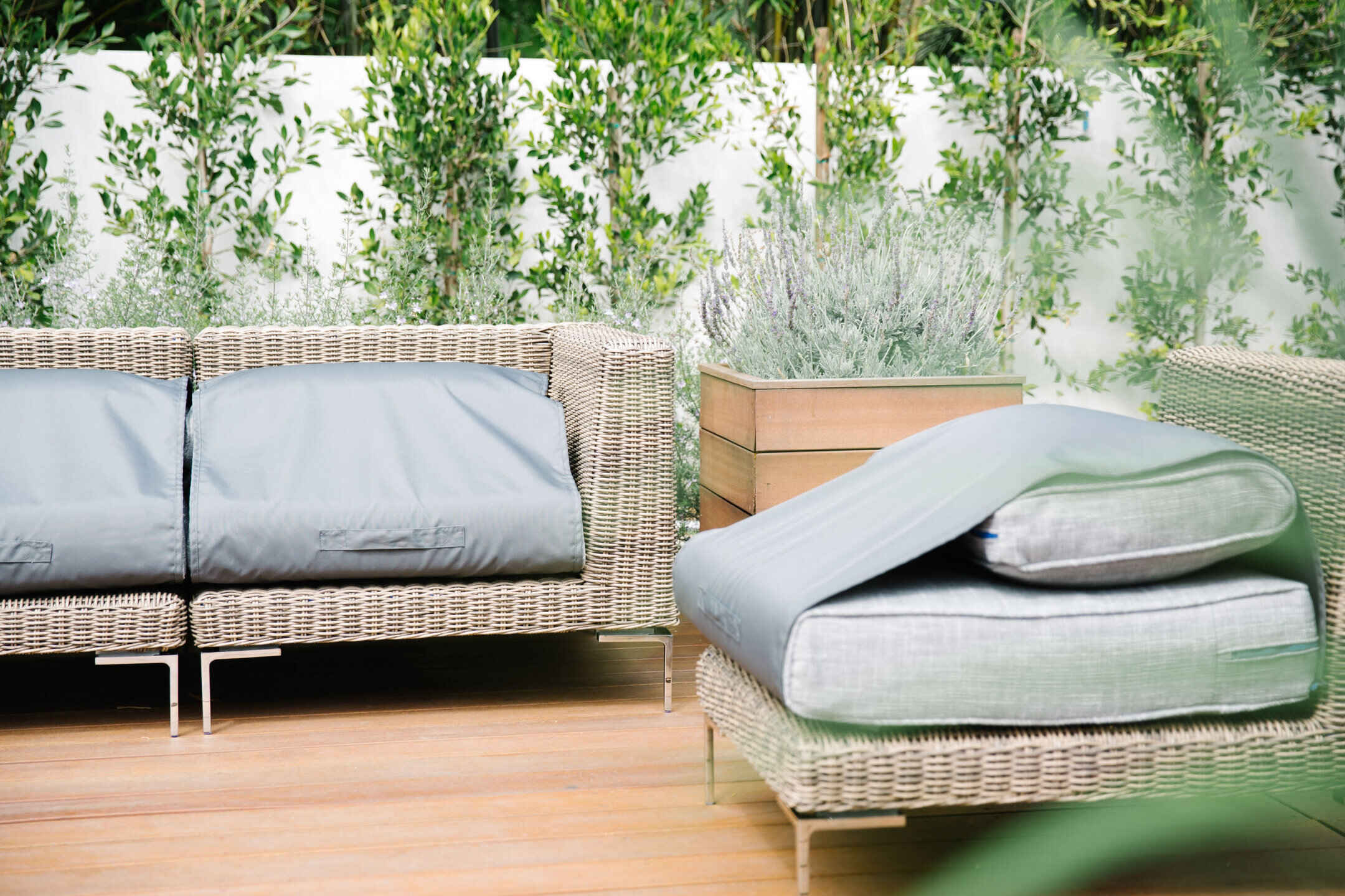
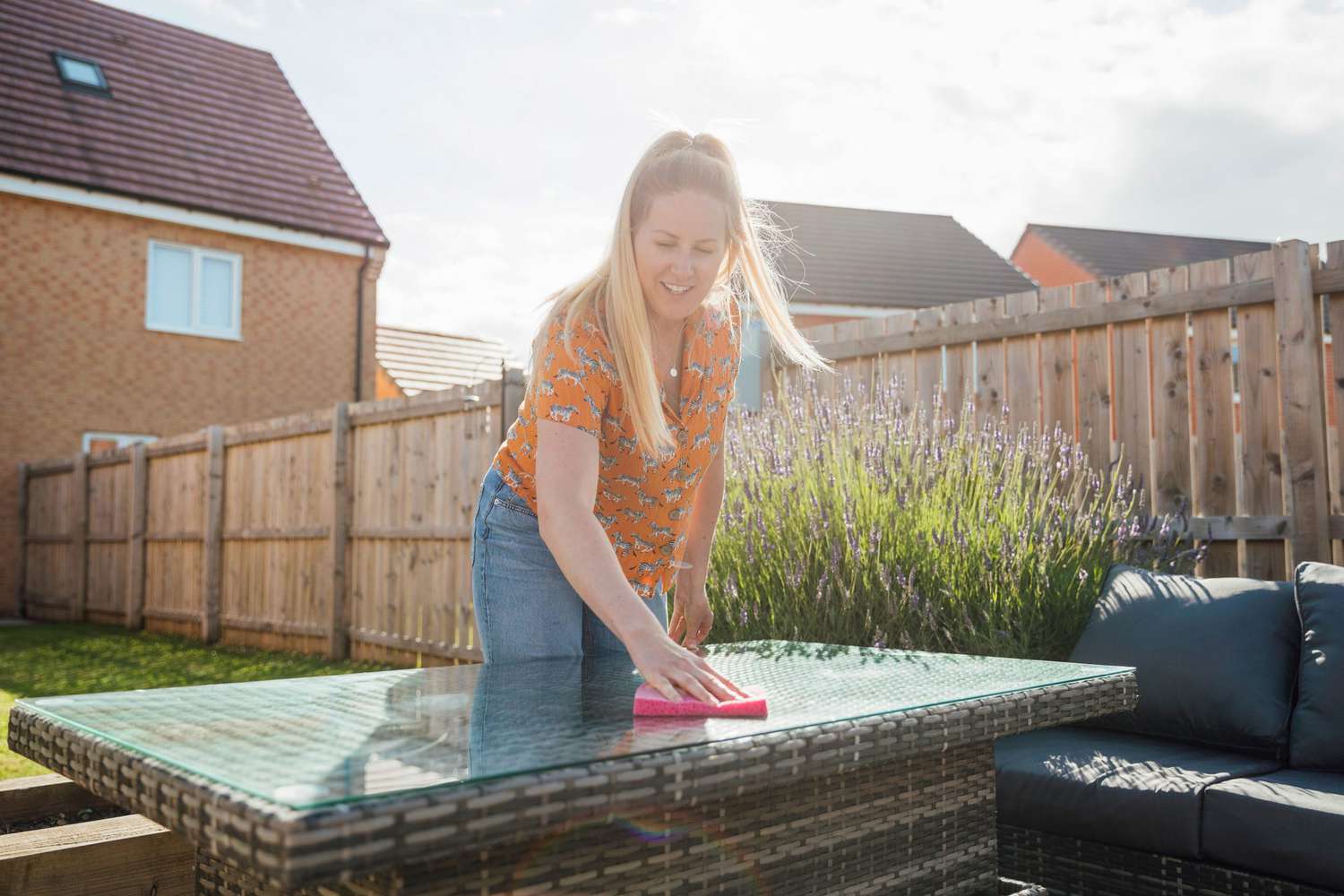
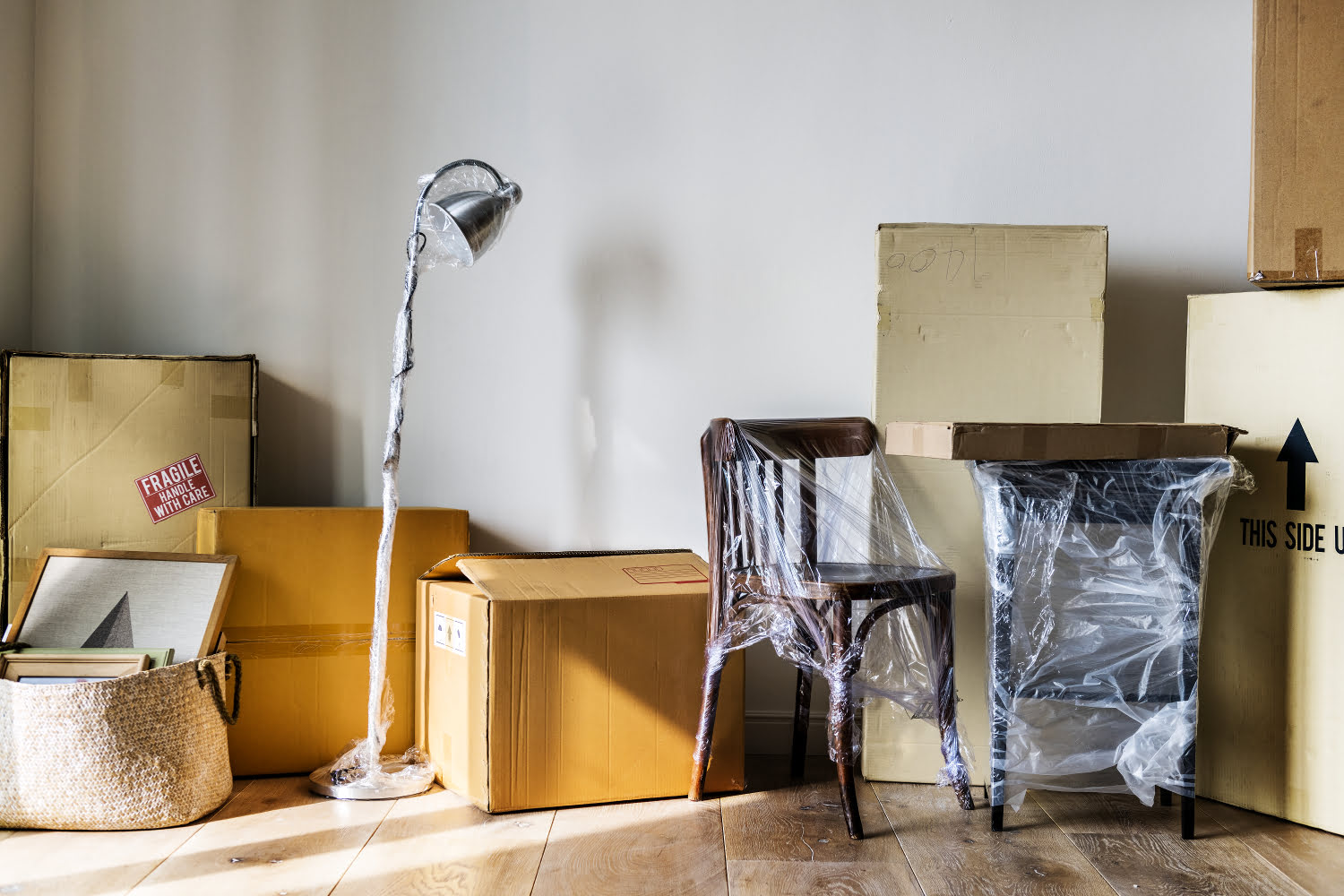
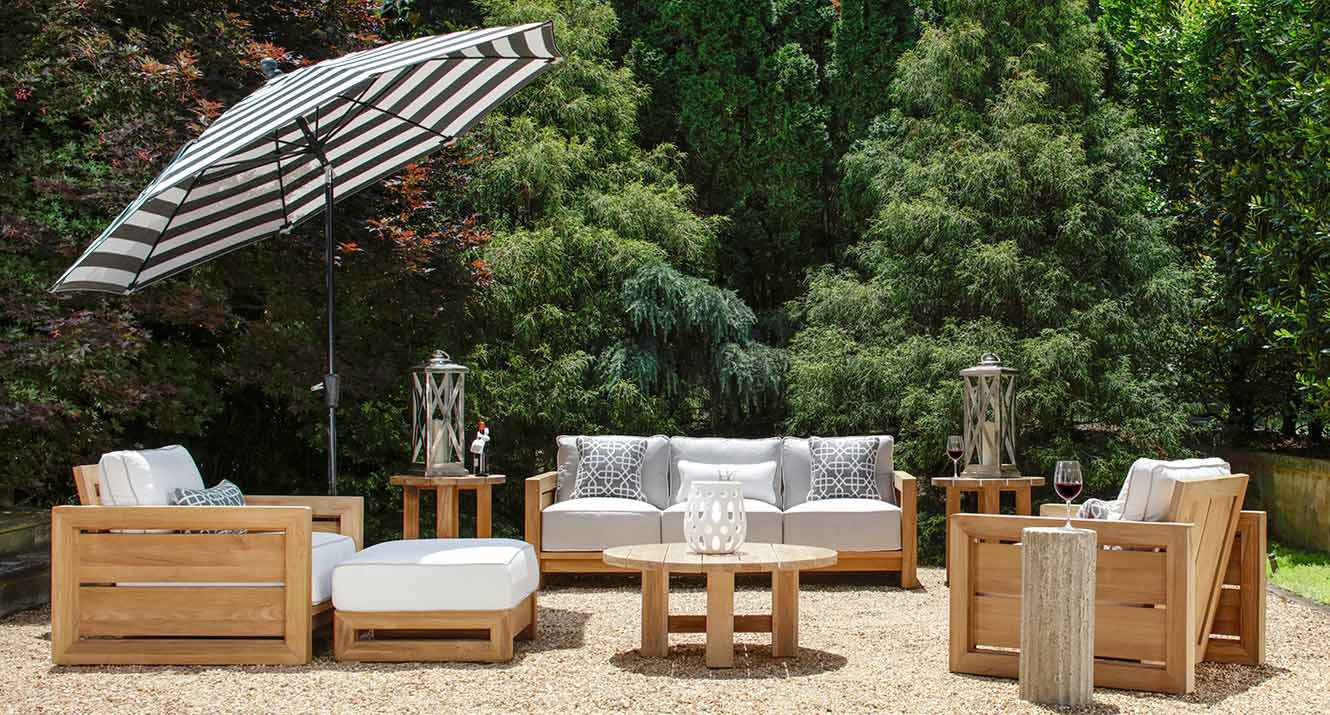
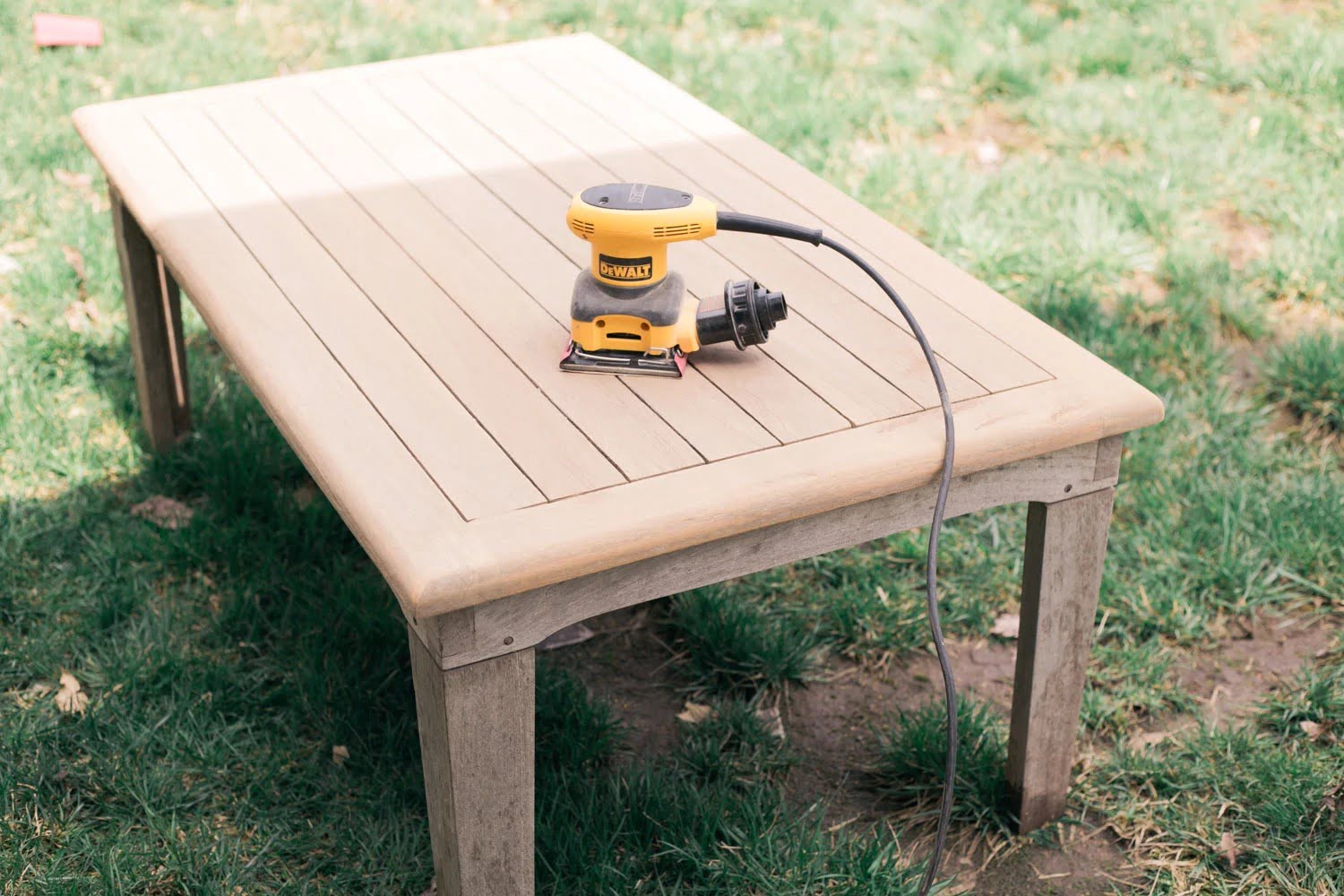
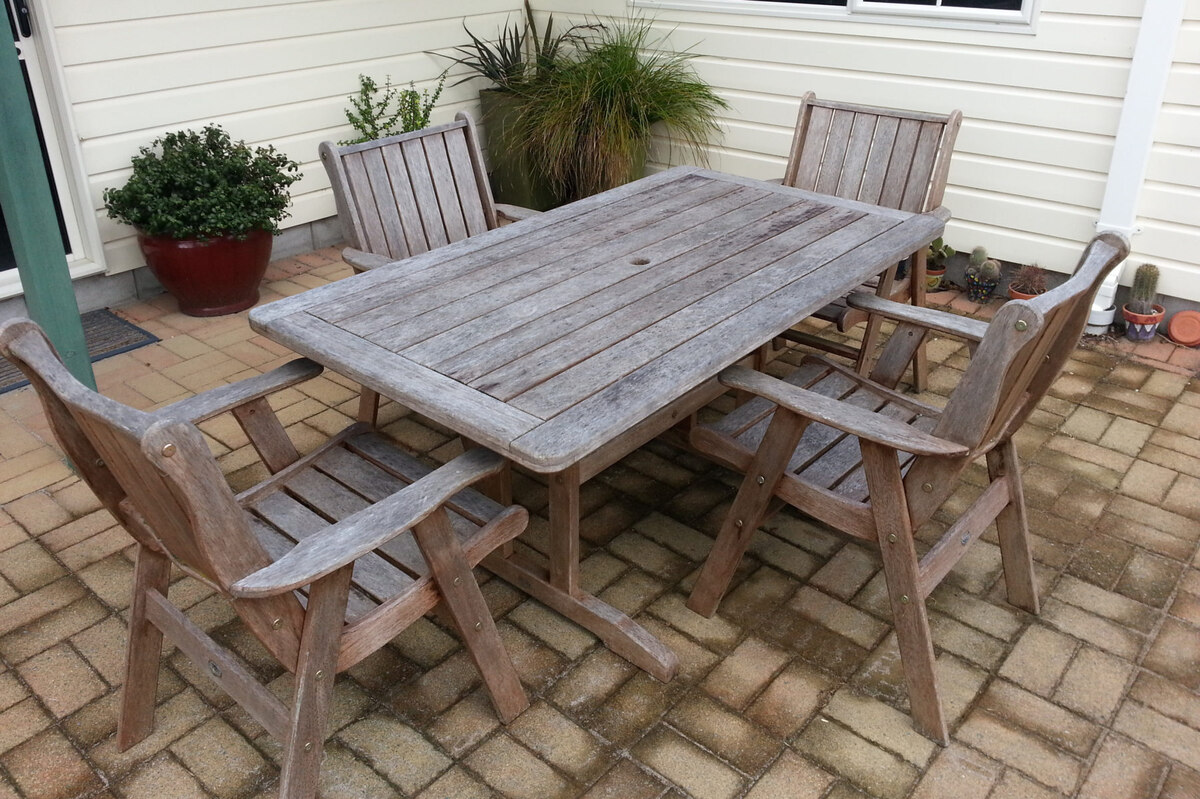
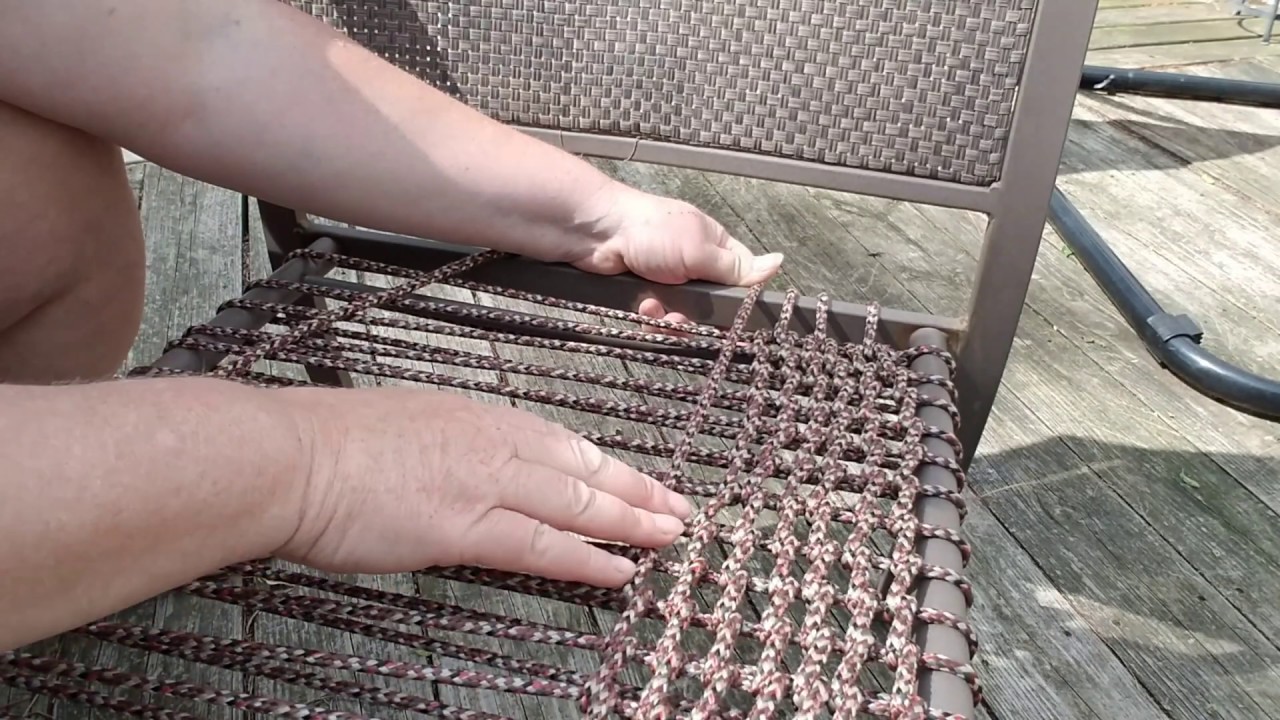

0 thoughts on “How To Store Outdoor Furniture”